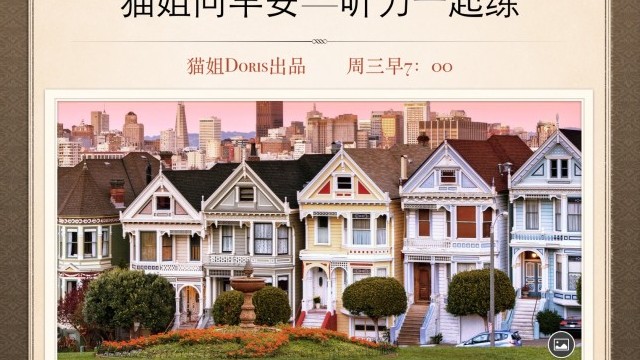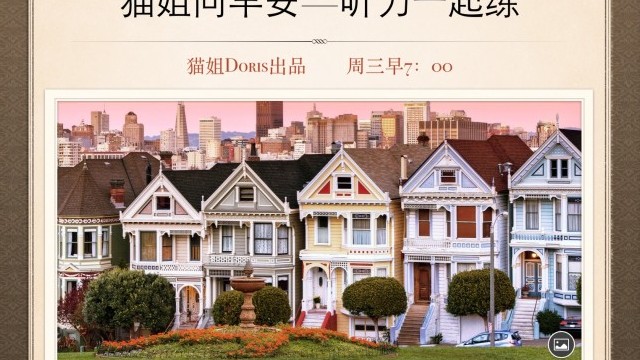聽寫填空,只寫填空內(nèi)容,不抄全文,5-10句,不用寫標(biāo)號(hào),注意標(biāo)點(diǎn),口語中因結(jié)巴等問題造成的重復(fù)單詞只寫一遍~
You might
picture the Arctic as endlessly white. But Skip Walker, a geobotanist at the University of Alaska, told us that satellite data shows the Arctic is greening.
Skip Walker: [---1-2---]
[---3-4---]
Skip Walker: [---5---]
[---6---]
Skip Walker:[---7-8---]
I'm Deborah Byrd for ES, a clear voice for science. We’re at Es. Org.
【視聽版科學(xué)小組榮譽(yù)出品】
There’s a lot of things that happen with greening. You can increase the length of the growing seasons, so we start earlier, we end later in the fall, such things as more shrub cover, greater density of vegetation, less space between the plants on the ground. Walker said that the greening is happening because both Arctic air and land have been warming. The warming of Arctic seas means less cold air over the Arctic. You can think of the cold air mass that lies over the Arctic ocean as a big pool of cold air that spills over onto the land, and the ice content of the ocean, of course, affects the size and the strength of the cold air effect. Walker’s team has been studying some of the most remote areas of the Arctic, including islands near Greenland, Russia and Canada, places he said, that few people will ever see. A lot of areas that are the most remote and that people know the least about are probably the most susceptible that changes are going on. We can easily detect changes in biodiversity because there’s very few species there, at present.
?











